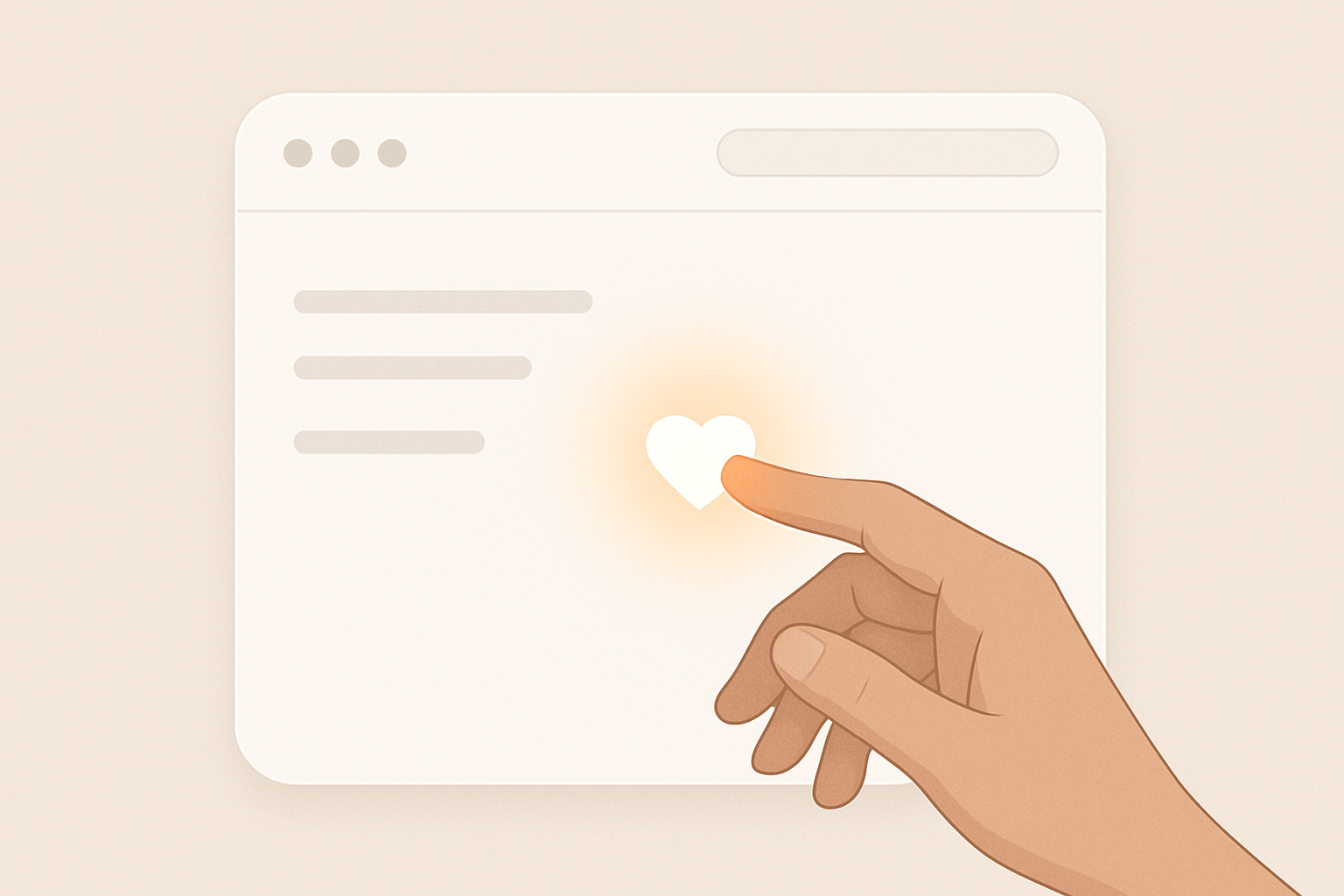Designing for Emotion in a World of Automation: Is Empathy Still a Competitive Edge?

Designing for Emotion in a World of Automation: Is Empathy Still a Competitive Edge?
As automation and AI continue to accelerate the way we design and deliver digital products, efficiency has become a default expectation. From generative design tools to AI-driven optimization, everything is getting faster. But in this pursuit of scale and speed, are we leaving behind what makes an experience truly memorable, emotion?
At ALEIA, we believe empathy is not just relevant in the age of automation, it is essential.
The Rise of Automation in Design
AI is transforming the digital design process. Layout suggestions, code generation, automated testing, and chatbot integrations are all making it easier to launch products quickly. Automation is now deeply integrated into product development workflows.
However, automation is often focused on metrics: faster load times, increased conversions, and optimized click paths. What it lacks is emotional intelligence—the ability to read nuance, anticipate user emotion, and build trust through subtle design cues.
Defining Empathy in UX
Empathy in UX design is about anticipating and designing for the emotional states of real people. It means:
- Understanding how users feel at different points in a journey
- Reducing anxiety in complex flows, like payment or account creation
- Using tone, layout, and interaction to create reassurance, delight, or clarity
Empathy is not just soft or aesthetic, it impacts performance. Emotional design increases retention, improves trust, and drives brand differentiation.
Why Emotion Is Still a Competitive Advantage
In markets saturated with similar features and products, emotional connection becomes a key driver of loyalty and long-term value. Brands that make users feel understood gain an edge that automation cannot replicate.
Consider brands like Airbnb or Duolingo. Their interfaces are intuitive, but also warm, human, and playful. They deliver functionality wrapped in personality—and that builds deeper relationships.
Empathy leads to:
- Higher trust and satisfaction
- Greater user retention
- Clear brand differentiation
- Reduced abandonment in critical flows
Where AI Falls Short
AI can optimize for conversion, but it cannot intuit grief, frustration, or doubt. It cannot design a moment that feels personal when someone is navigating a difficult task. It lacks context, lived experience, and subtle emotional intelligence.
This is where human designers excel. They bring contextual empathy—the ability to sense not just what works, but why it matters in the moment.
How to Balance Empathy and Automation
The solution is not to choose between human and machine—it’s to create workflows that support both. Here’s how:
- Automate the repetitive: Let AI handle layout suggestions, image optimization, and testing while humans focus on deeper creative thinking.
- Design emotional checkpoints: Identify stress points in your flow and design for clarity, comfort, and reassurance.
- Use real human language: Avoid robotic or vague microcopy. Speak with personality and empathy, even in automated systems.
- Validate with user feedback: Emotions are complex. Only testing with real people ensures that your design decisions land as intended.
Empathy Is a Strategic Choice
As digital products become more optimized and automated, they risk becoming interchangeable. Empathy is what keeps them human. It turns good products into experiences, and interfaces into relationships.
Designing for emotion is not just a feel-good philosophy, it’s a smart, strategic approach to building digital products that connect.
At ALEIA, we design with both precision and empathy, because users are not just numbers. They’re people.